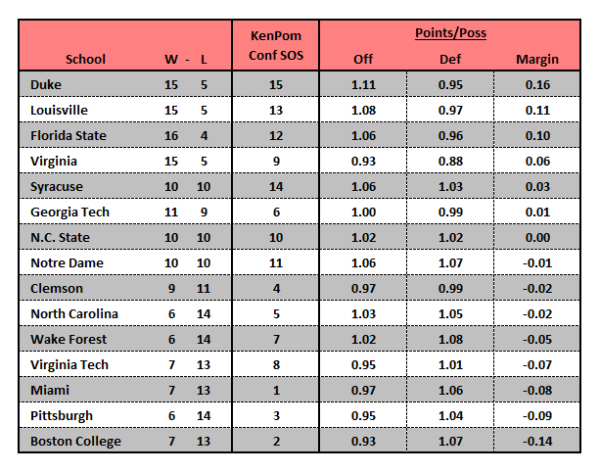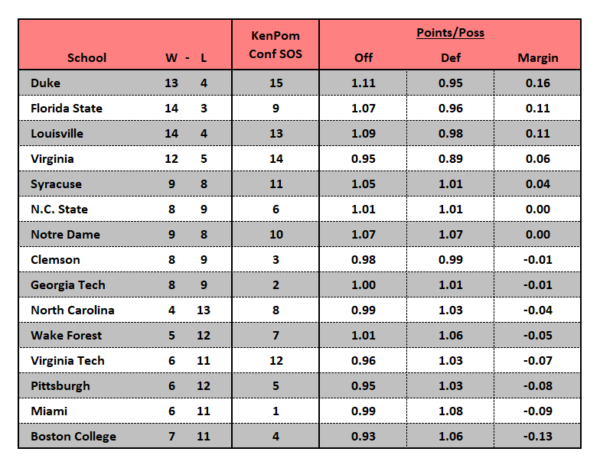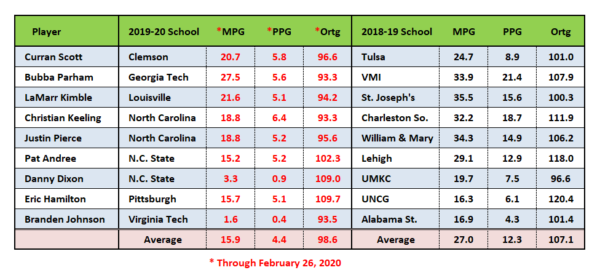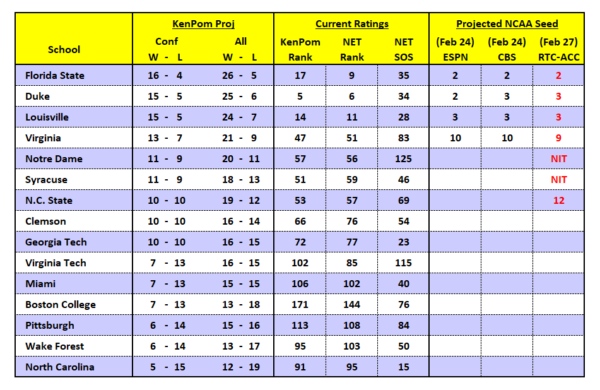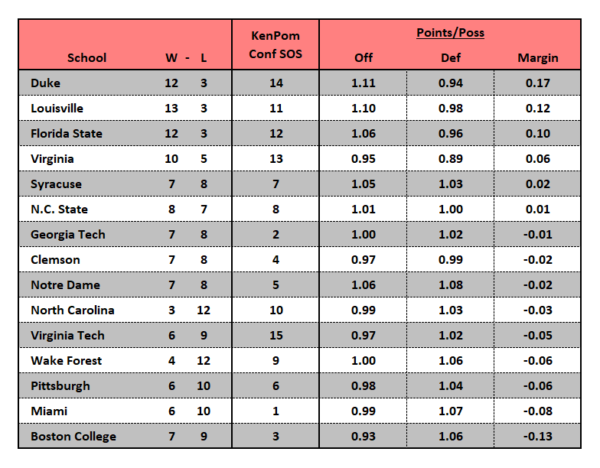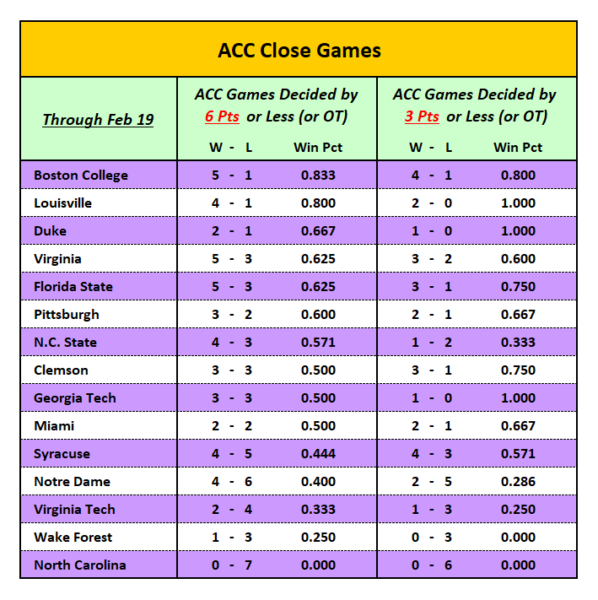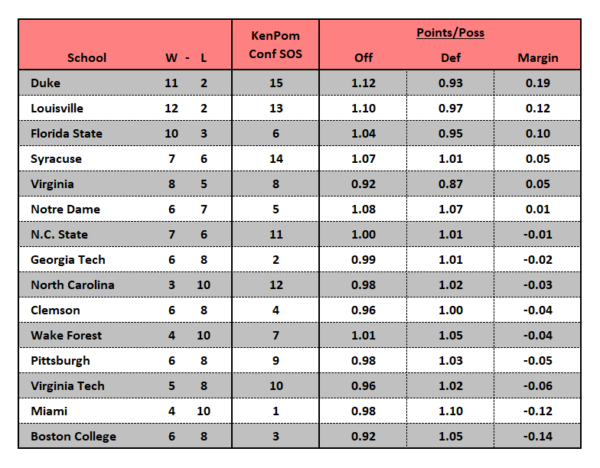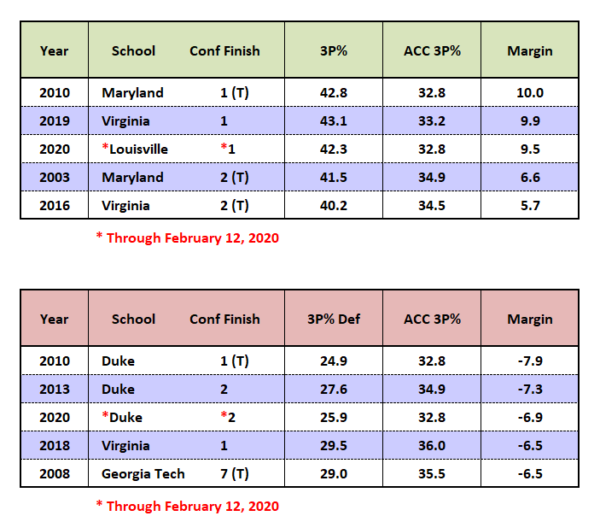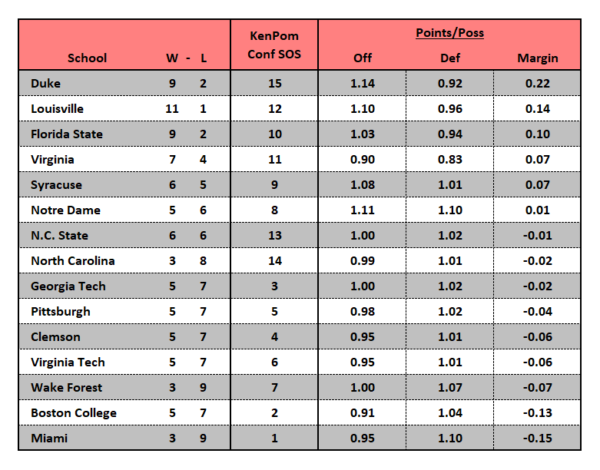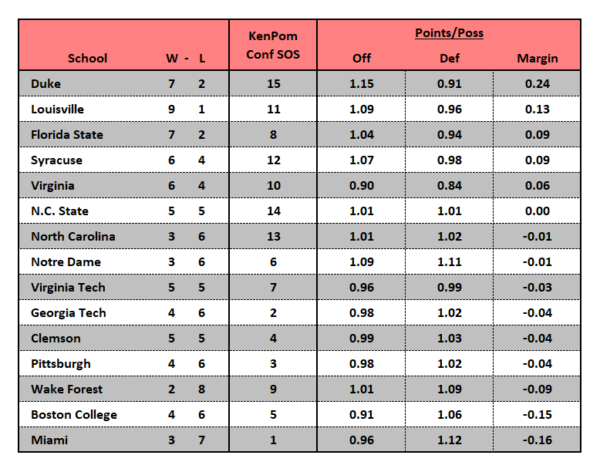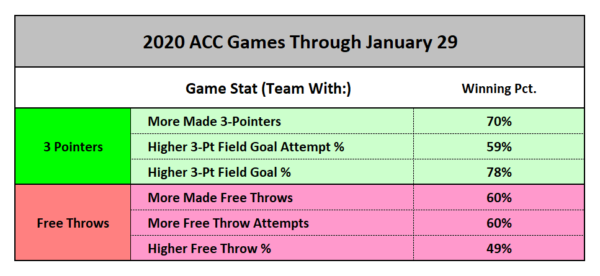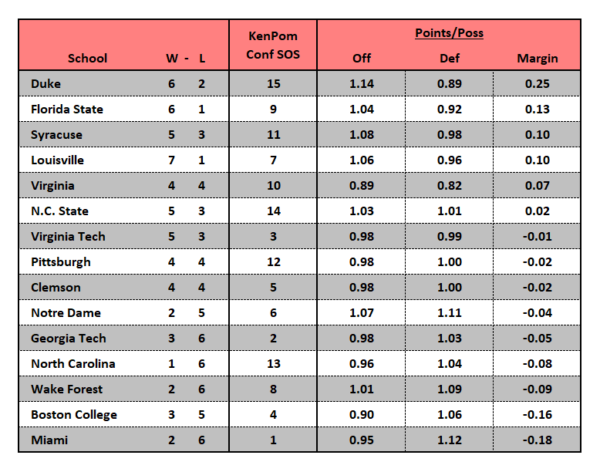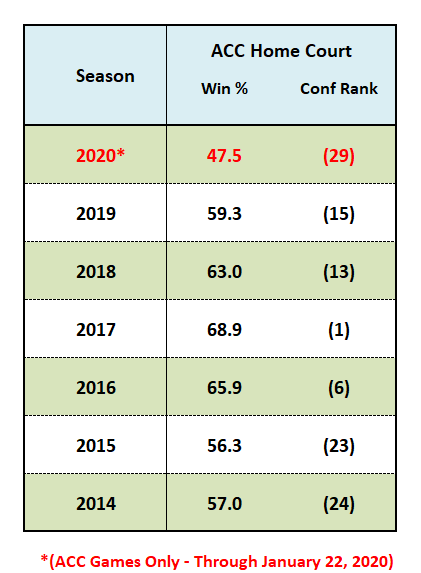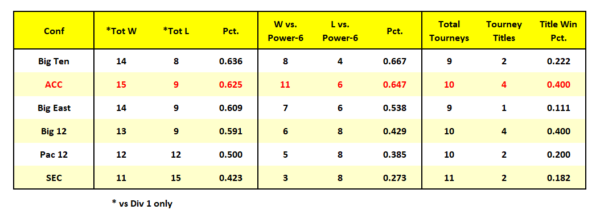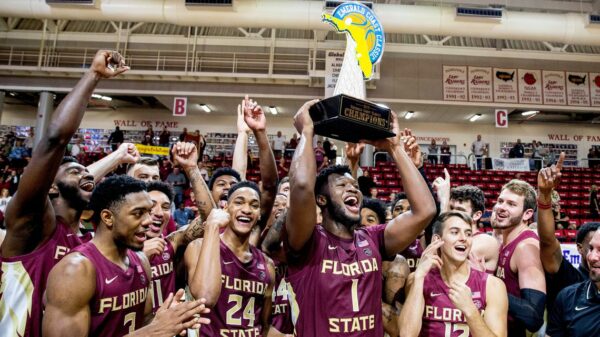Ten Questions to Consider: A Resume Building and Protecting Weekend
Posted by Matthew Eisenberg on February 12th, 2021With the Super Bowl behind us, the focus of the sports world shifts fully to college basketball for the next month. For those just tuning in, this weekend presents several key match-ups across numerous conferences. For those who have been following the sport all season long, this weekend’s slate of action provides another glimpse into action of teams that have brought intrigue throughout the season. Here are 10 questions I have, questions that could go a long a way to helping answer a teams plans for March:
- Can West Virginia continue to torch the nets from beyond the arc? (Oklahoma @ West Virginia, Saturday, 1 PM EST, ESPN+) After starting the year making 30.3 percent of their three-point attempts through their first 10 games, the Mountaineers are now shooting 43.8 percent from deep over their last nine games. The percentages flipped once Oscar Tshiebwe left the team. West Virginia made 14-of-24 from deep against Oklahoma earlier in the season, but made a season-low 27.8 percent of shots attempted inside the arc.
- Can Creighton continue to keep Villanova ineffective from three-point range? (Villanova @ Creighton, Saturday, 5 PM EST, Fox) While Villanova is 2-1 in its last three games against Creighton, those wins have not been easy as one came in overtime and the other came after trailing by 10 points with just over 11 minutes to go. One cause for concern for Villanova heading into this match-up is the way they have recently shot the three against the Bluejays. In these past three contests, Villanova is shooting just 24.7 percent on its three-point attempts.
- Can Arkansas do a better job of slowing Xavier Pinson and Jeremiah Tilmon this time around? (Arkansas @ Missouri, Saturday, 4 PM EST, ESPN2) In the first match-up between these two teams, Missouri’s pair of Pinson and Tilmon scored 48 points on 14-of-24 shooting, including 19 made free throws. Both Pinson and Tilmon have shown flashes of becoming dominant scorers for Missouri, while at other times both have been held in check. Slowing the pair can go a long way in Arkansas adding its second Quad 1 win to its resume.
- After last playing on January 22, how will Michigan look in its return to action? (Michigan @ Wisconsin, Sunday, 1 PM EST, CBS) Michigan has the nation’s best two-point field-goal percentage defense and it showed in its first match-up of the season with the Badgers. Wisconsin was held to 11-of-37 shooting from inside the arc en route to a season-low 54 points, 25 of which came in the final 10 minutes.
- Will this AAC battle again prove to be an offensive struggle? (Memphis @ Houston, Sunday, 1 PM EST, ESPN) In last season’s two games against one another, points were always at a premium. Houston shot 33.6 percent from the field against Memphis, while the Tigers shot just 35 percent in the two games against Houston. A big key last year was turnovers. In Houston’s win, they were +9 in the turnover battle, while they finished -6 in the Memphis win.
- If a team seizes control early, will they be able to maintain it for 40 minutes? (Louisville @ Virginia Tech, Saturday, Noon EST, ACC Network) In the first game of the year between these two ACC foes, Virginia Tech jumped out to an 11-0 lead before Louisville responded with a 47-22 run of its own. While the Hokies ultimately lost by two points, they finished the rest of the game on what amounts to a 49-26 run of their own. Jalen Cone’s sharpshooting gave the Hokies a chance with his season-best six made threes, while the rest of the team went just 3-of-18 from deep.
- Does the road to the top spot in the A-10 run through defending one’s own backboard? (St. Bonaventure @ VCU, Friday, 7 PM EST, ESPN2) Entering midweek, St. Bonaventure and VCU were tied with three other teams for first place in the Atlantic 10. The Bonnies beat VCU earlier in a game where each team had 15 or more offensive rebounds. In A-10 play, both teams rank among the bottom three in opponents’ offensive rebounding rate, while ranking among the top three in offensive rebounding rate.
- Can Clemson clean up its turnovers and avoid being swept by the Yellow Jackets? (Georgia Tech @ Clemson, Friday, 8 PM EST, ACC Network) Earlier this season, Clemson shot 52 percent from the field, made 9-of-18 from deep and still lost to Georgia Tech by 18 points. The Tigers committed 20 turnovers and could not stop the Yellow Jackets from anywhere on the floor, including watching three different Georgia Tech players score 20 or more points. Georgia Tech (5-5) and Pitt are the only remaining Clemson opponents to be at least .500 in ACC play.
- After playing against one another on Saturday, is Sunday’s game a must-win for one of these teams? (Loyola Chicago @ Drake, Sunday, Noon EST, ESPN2) After losing to Valparaiso last week, Drake’s NET Ranking fell by nearly 30 spots. Loyola (Chicago) sits inside the top 15 for now, but they lack a Quad 1 win and are just 3-3 vs. Quad 1 and Quad 2 opponents. While both have strong arguments today as bubble teams, avoiding being swept this weekend will go a long ways towards keeping themselves in bubble consideration a month from now.
- At what point will Ohio State need CJ Walker to find his touch from beyond the arc? (Indiana @ Ohio State, Saturday, Noon EST, ESPN) While EJ Liddell has made tremendous strides this season and Justice Sueing’s presence in Columbus has been a valuable addition, one thing that has been missing has been the three-point shot of guard CJ Walker. Walker made 34 percent of 194 three-point attempts the last two seasons, but is shooting just 21.4 percent this season (15.4% in Big Ten play). Walker has a chance to change things against an Indiana defense that ranks dead last in Big Ten play in opponents’ three-point percentage.





























